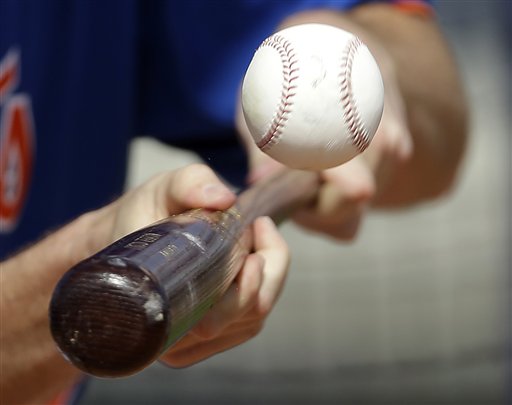
In the yesteryear of baseball, bunting was an art form. Every bunt type employed by a batter bunting the ball; the sacrifice, the squeeze, the drop bunt or drag bunt were part of the arsenal a batter brought to the plate.
The advent of baseball’s sabermetric era and the analytics it provides have almost delegated bunting to the scrap heap of baseball strategies. Analytics and their expected run differentials build a strong case that the sacrifice bunt, in particular, is statistically self-defeating. Common modern baseball wisdom says utilizing all three outs by swinging the bat trumps giving up an out to move a baserunner by utilizing a sacrifice bunt.
In minimizing the positive effects of the sacrifice bunt, baseball has seen a steep decline in every type of bunting. And, with bunting becoming a sparsely used offensive tool, the bunting skill set of professional baseball players has visibly fallen making those times a manager employs a sacrifice bunt to advance a runner as a late inning one-run production strategy, an arduous adventure at best.
But, with baseball’s defensive shifts becoming more and more pronounced in the game, maybe bunting, specifically, bunting for a base hit will make a comeback. The bunt hit is actually a pretty good baseball bet, an offensive ploy rewarding batters with their highest average on balls put in play. Batters who bunt for hits at the highest averages are successful near or better than one-half of their bunt attempts.
Watching Lucas Duda bat against exaggerated defensive shifts in recent Met games got me thinking ‘why not bunt?‘ Everybody knows on-base-percentage is a baseball analytical golden ticket. It makes sense to me, that situationally driven, bunting for a base hit against drastic overshifts maximize a batter’s chances of reaching base safely with a hit.
No, it doesn’t make sense to see Duda drop down a bunt with two outs and the bases cleared or even a single runner on first, but when the big guy leads off an inning or comes to the plate late in the game with a tie score and less than two outs, why not use one-half of the field manned by a single defender to drop down a bunt to reach first safely?
To his credit, Duda is not adverse to situational bunting. When Duda bunted for a hit in the opening game of the current Philly series, the Met broadcast team chatted about the fact that Lucas has recently spent additional time in the batting cage working on his bunting skills. Apparently, it was bench coach Bob Geren who suggested to Duda that at certain times during a baseball game bunting might be a winning strategy for the big guy.
Baseball dinosaurs like me still consider bunting a valued part of the game, a ploy that can confuse an opposing defense and win games. I loved Texas manager Ron Washington’s take on bunting when recently asked at a press conference whether anyone had ever shown him the analytics that show bunting might not make sense.
“When I feel it’s necessary, not when the analytics feel it’s necessary, not when you guys feel it’s necessary, not when somebody else feels it’s necessary,” Washington sputtered. “It’s when Ron Washington feels it’s necessary.”
Washington was referring simply to the sacrifice bunt and his explanation shows just how complex that form of bunting can be. “I look at the opposing pitcher, the guys at the plate and the situation and I’m saying, ‘How can I give us an opportunity to get this runner where I want to get him?’ If I’ve got the right person at the plate, I’m going to make him bunt. If it’s a situation where we have runs already and we’ve got a decent lead early in the game, I’ll probably let him hit. But if we’re in a situation where the game is close … I’m going to make him bunt. It’s simple.”
To my way of thinking, Washington has analyzed the analytics well. There’s room for argument on both sides of the sacrifice bunt issue. But, with lopsided defensive baseball schemes becoming more and more common in the professional game, the time could be ripe for a ‘bunt for a hit’ bunting comeback.















